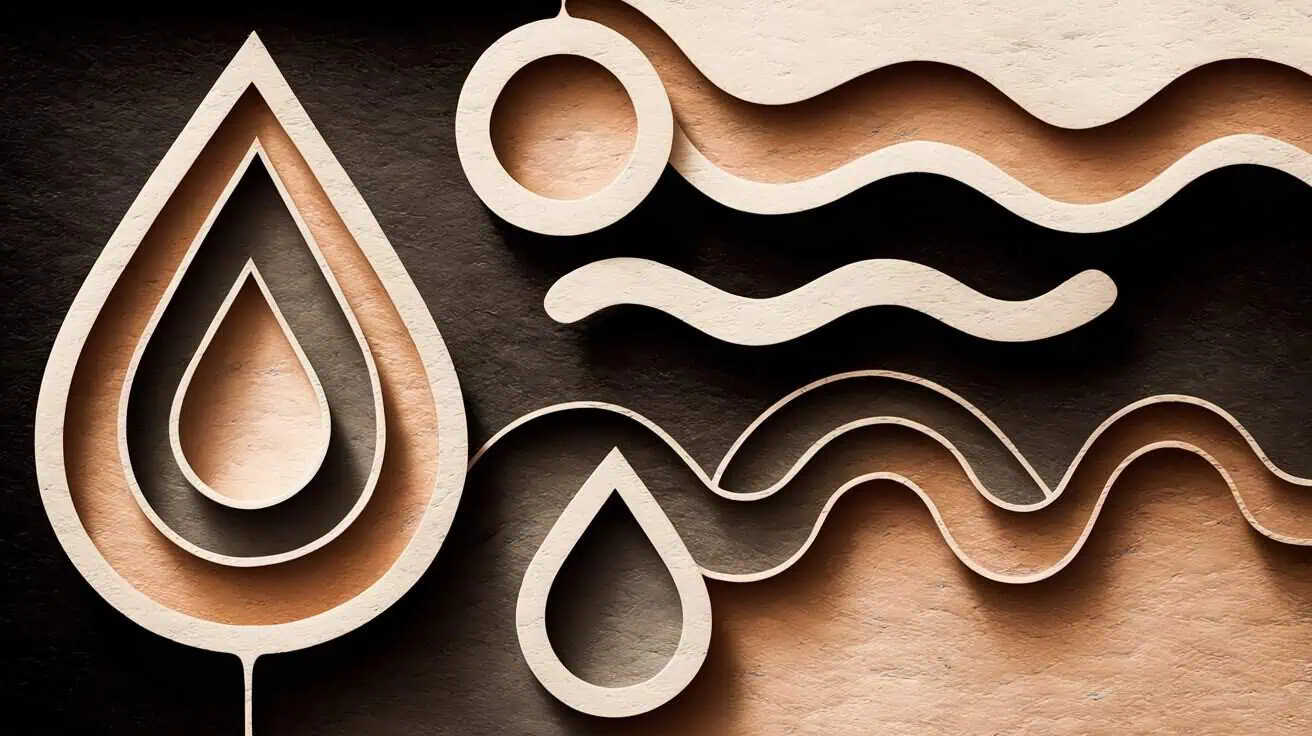The tears come without warning. One moment you’re going about your day, and the next, you’re fighting back waves of emotion that seem to appear from nowhere. If you find yourself crying every day, you’re not alone in this struggle – and more importantly, you’re not broken.
I remember sitting in my car during lunch breaks, wondering why simple things like a kind word from a colleague or a minor setback would trigger unexpected tears. It felt overwhelming and confusing, like my emotions had taken on a life of their own.
Understanding Daily Tears: The Hidden Messages Behind Your Emotions
Your daily tears aren’t just random acts of emotion – they’re your body and mind trying to tell you something important. Think of tears as messengers, carrying signals about what’s happening beneath the surface of your conscious awareness.
When we’re overwhelmed, our emotional cup can overflow in the form of tears. Sometimes, it’s not about one big thing but rather the accumulation of small stresses that we haven’t fully processed. Like a glass being filled drop by drop, eventually, it spills over.
The Many Faces of Daily Crying
Your tears might have different triggers and meanings. Sometimes, they’re a release valve for built-up stress. Other times, they’re connected to deeper emotional needs or unresolved feelings.
Physical factors can play a surprising role too. Lack of sleep, hormonal changes, or even certain medications can lower our emotional threshold, making tears come more easily. It’s like our emotional skin becomes thinner, more sensitive to every touch and pressure.
When Your Body Speaks Through Tears
Think of crying as your body’s emotional alarm system. Just as physical pain tells you something’s wrong with your body, persistent tears might be signaling that something needs attention in your emotional life.
Are you getting enough rest? Have you been taking care of your basic needs? Sometimes, what feels like inexplicable sadness is actually your body’s way of saying you’re running on empty and need to refill your emotional reserves.
Finding Your Way Back to Balance
The path to understanding and managing daily tears isn’t about stopping them completely – it’s about learning to listen to what they’re telling you. Start with small steps:
Create a tears journal to track when you cry and what’s happening around those moments. Patterns often emerge that can help you understand your triggers. This practice can provide valuable insights into your emotional landscape, revealing situations or thoughts that consistently provoke tears. By documenting your experiences, you may find connections between your feelings and specific stressors or events, which can be a crucial step in understanding anxiety and crying. Over time, this awareness can empower you to address those triggers more effectively, leading to healthier coping strategies and emotional resilience.
Practice gentle self-care routines. Something as simple as a morning walk or five minutes of quiet breathing can help regulate your emotional thermostat.
Don’t judge yourself for crying. Tears are a natural human response, not a sign of weakness.
Building Your Emotional Support System
You don’t have to navigate this alone. Whether it’s talking to a trusted friend, joining a support group, or working with a mental health professional, reaching out for help is a sign of strength, not weakness.
Sometimes, sharing your experience with others who understand can help you feel less isolated and more empowered to face your emotions. These connections foster a sense of community, allowing individuals to navigate their feelings together and gain new perspectives. In these shared moments, you may discover strategies for finding peace in existential dread, transforming your worries into a source of motivation and strength. Ultimately, this collective journey can remind you that you are not alone in your struggles and that the path to emotional healing often starts with open conversations.
Moving Forward with Hope
Understanding why you cry every day is the first step toward finding balance. Remember that healing isn’t linear – some days will be easier than others, and that’s okay.
Your tears are part of your story, but they don’t have to define your future. With patience, self-compassion, and the right support, you can develop a healthier relationship with your emotions and find your way to calmer waters. As you embrace this journey, remember that acknowledging your tears can be a step toward understanding your inner self. The healing power of crying allows emotions to flow freely, creating space for new beginnings and perspectives. By nurturing your emotional well-being, you equip yourself with the strength to navigate life’s challenges and discover the joy that awaits you.
Take the first step today. Whether it’s making an appointment with a counselor, starting a journal, or simply acknowledging that you deserve support, you’re moving in the right direction. Your tears aren’t your enemy – they’re signposts guiding you toward healing and growth.
Remember, you’re not alone in this journey. Many others have walked this path before you and found their way to better emotional health. You can too.


